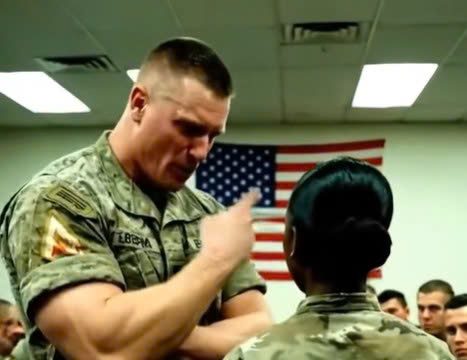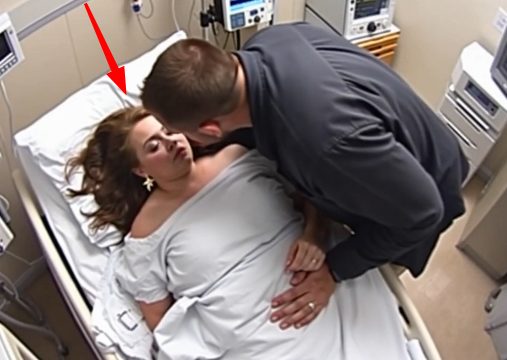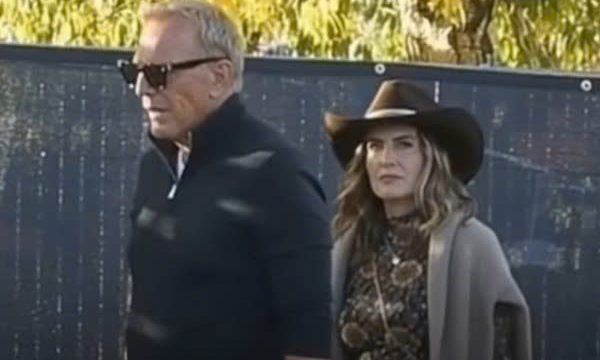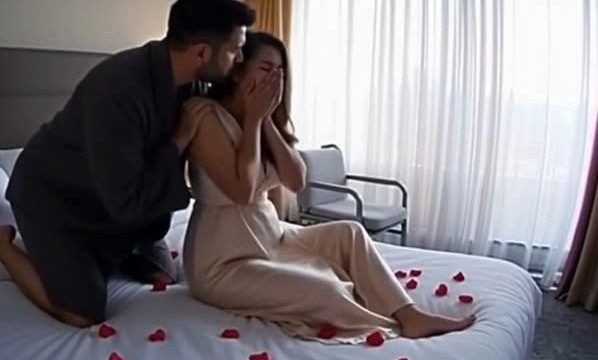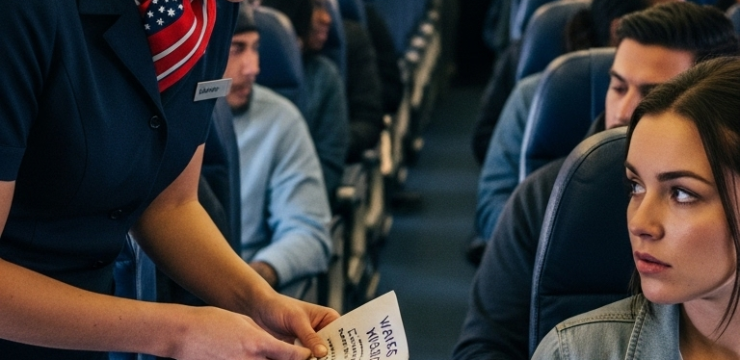One of the most beloved characters in The Wizard of Oz (1939) is undoubtedly the Scarecrow. He’s goofy, loveable, and while he’s meant to scare away crows, he’s far too softhearted and endearing to frighten anyone. Constantly losing bits of straw and stumbling around, he represents innocence, loyalty, and heart, even as he longs for a brain.
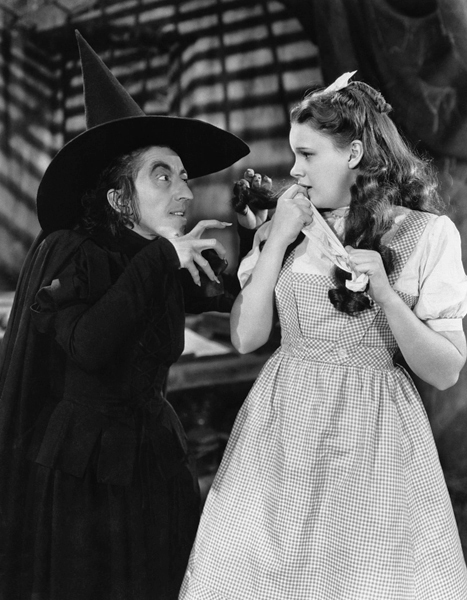
Ray Bolger’s portrayal is unforgettable, and his signature song, “If I Only Had a Brain,” is iconic to generations of moviegoers. But what many people don’t know is that there was a much longer version of this musical number that never made it into the final cut of the film. This extended scene included an elaborate dance sequence performed by Bolger himself, and it’s recently resurfaced, giving fans a chance to see the Scarecrow in a completely new light. The version most people are familiar with features only about a minute of singing from the Scarecrow. He sings a few charming lines, clicks his heels, and moves along with Dorothy as they head off to find the Wizard. However, the original scene was nearly four minutes long and included a dynamic dance number choreographed by the legendary Busby Berkeley, known for his dazzling and complex dance routines that defined early Hollywood musicals.
In the deleted version, Bolger showcases his incredible talent as a dancer in a routine that blends whimsy, slapstick, and surprising athleticism. His movements are sharp and fluid, defying the floppy, unstable image we’re used to seeing. In one part of the scene, the Scarecrow appears to fly—not through special effects, but by leaping and bounding with such energy and precision that it feels like he’s defying gravity. While it’s technically energetic jumping, the effect is so magical and unexpected that it brings a whole new layer to the character. It’s not just a fun visual—it’s a testament to Ray Bolger’s skill and passion for dance.
The set, lighting, and tone of the deleted scene maintain the same rustic charm as the rest of Munchkinland, but the choreography gives it an energy that feels ahead of its time. It’s a joyous and physical expression of the Scarecrow’s longing for a brain and his enthusiasm at the possibility of getting one. You can see that the character is full of excitement and curiosity, even if he believes he’s not very smart. It’s a beautiful moment that captures the heart of the character in a different way than the shortened version allows. The reason the scene was cut was due to the film’s length. Studio executives at the time felt that it slowed down the pace of the movie, particularly coming so soon after Dorothy lands in Oz and meets the Munchkins.
While it’s understandable from a production standpoint, it’s also a bit of a loss, as this extended number offers more insight into the Scarecrow’s character and shows off Bolger’s tremendous ability as a performer. Fortunately, thanks to the preservation of classic film archives and the dedication of movie historians and fans, this rare scene has been shared online and can now be enjoyed by a wider audience. Watching it feels like discovering a hidden treasure—a piece of Hollywood magic that was tucked away for decades. It adds new depth to a character we already loved and reminds us just how much artistry went into creating The Wizard of Oz. If you haven’t seen the extended Scarecrow scene yet, it’s definitely worth watching. Whether you’re a lifelong fan of the movie or someone discovering it for the first time, this deleted number will make you appreciate Ray Bolger’s performance even more. It’s whimsical, heartfelt, and above all, it captures the wonder that makes The Wizard of Oz so timeless. The Scarecrow may not have had a brain, but in this scene, he certainly has all the brilliance and soul anyone could ask for.
